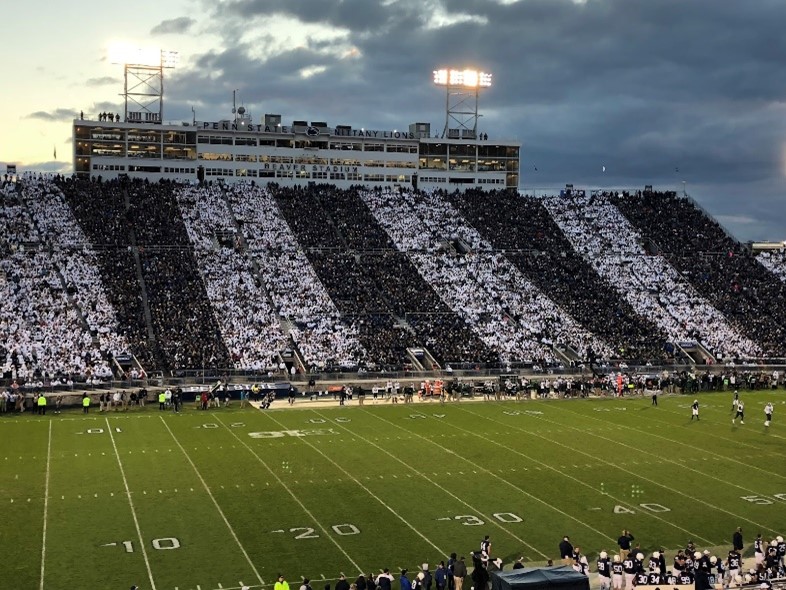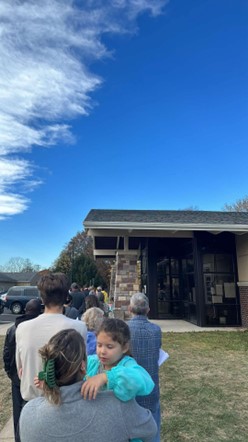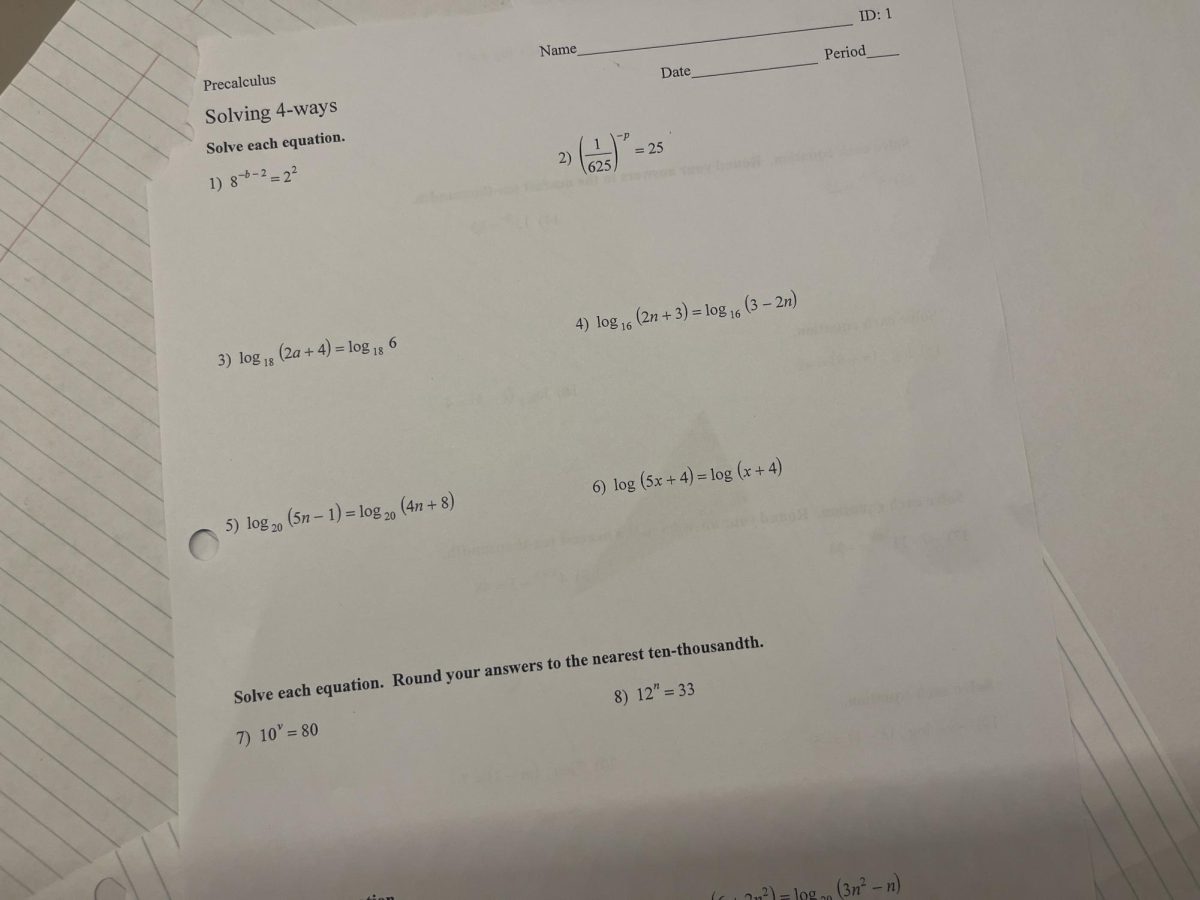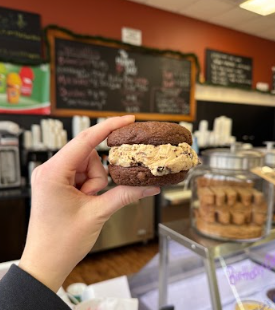Social media presence has become a big part of college athletics. Before July 1, 2021, the NCAA did not allow college athletes to profit from their own NIL (name, image, and likeness). The NCAA made the right decision by passing the new NIL Policy, which allows college athletes to benefit financially from their name, image, and likeness for the first time and proved that college sports are adapting.
The NCAA resisted changing its longstanding policy, relying on our definition of amateur athletics. For as long as we can remember, college athletes played to represent their school. Therefore, the NCAA did not want to change its NIL policy and take a step toward professionalizing collegiate sports. Those of the older generation are generally more opposed to letting college athletes make money off their NIL because of what they have always known. Longtime college sports fan Mike Webb said, “I miss when college athletes represented their school and played for nothing in return.” Although amateurism is what makes college sports so special, we have also seen in the past few years that the NIL Policy has created more competitiveness in college sports and is still as popular as before.
College athletics are money-driven, and Division I sports get the most media attention and financial benefit. These student-athletes can now profit from endorsements, autograph signings, merchandise, and social media accounts. According to Yahoo Finance, college athletes made $917 million in the first year of NIL payments. Allowing each athlete to make money from their own NIL levels the playing field and increases competitiveness in sports. Although some say jealousy might occur, future Saint Francis University field hockey player and Division I athlete Hannah Capo spoke on how the locker room dynamic would not change if a teammate were making money from their name. Capo said, “I would be proud and supportive of my teammates because I would want that opportunity for myself if it presents itself.” While some athletes may benefit from this new opportunity, others may not see the financial gain, but that doesn’t mean everyone doesn’t have the same opportunity.
The NIL Policy is here to stay, and it shows the NCAA is adapting. If we don’t allow athletes to make a profit from their NIL, the student-athletes won’t be able to protect their name or provide financial support for themselves.
Sources:
https://icof.infobase.com/articles/QXJ0aWNsZVRleHQ6MTY1NDA=?q=NIL
https://finance.yahoo.com/news/nil-heres-how-much-ncaa-athletes-earned-185901941.html





